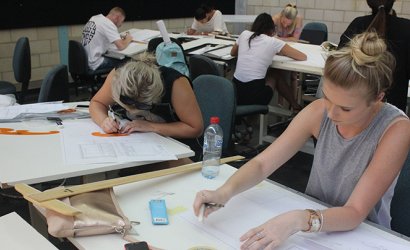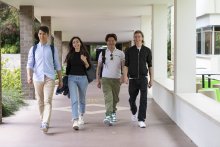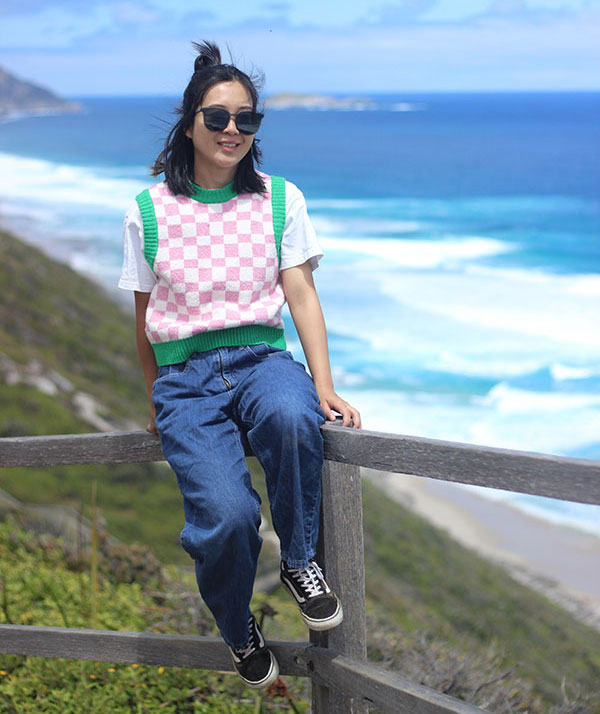

Why choose this course?
Develop practical skills in the visual arts with this qualification. This course will give you an immersive visual arts experience, where you will be able to explore a variety of mediums including painting, drawing, sculpture, ceramics, printmaking and digital art. In addition, you will also develop your knowledge and skills in contextual studies, and safety and sustainability in visual arts.
Take advantage of our excellent art and craft facilities, and benefit from a long history of quality training in the creative industries. This course will give you a solid foundation for a career in the visual arts industry or the opportunity to continue your studies.
Career opportunities
- Studio Artist
- Visual Artist
When choosing a course, it's important to think about the key skills and knowledge you'll need, as well as how you'll be assessed. Take a look at this information and consider if you might face any challenges in meeting the course expectations and requirements.
- Creativity, imagination and artistic skill
- Good hand-eye coordination, with an attention to detail
- Dedication, confidence and self-motivation
-
An IELTS score (academic) of 6.0 with no band score less than 5.0 or equivalent.
-
Equivalent to Australian Year 12.
-
OR Completion of CUA30720 Certificate III in Design Fundamentals is required for entry into this course.
There may be further semester intakes available for enrolment. You can view any further intakes when you submit your online application(opens in a new tab).
For information about pathways from TAFE to university, view our Pathways to university page.
How to apply
Apply to study at TAFE in six steps:
- find a course;
- check entry requirements;
- submit an application;
- accept your offer and pay;
- apply for your student visa; and
- receive your visa and come to Australia for your studies.
TIWA Course Guide
A guide to studying at TAFE in Western Australia, including study options, facilities and campus locations!
Download study area guide(opens in a new tab)
Contact us(opens in a new tab)
TAFE International Western Australia (TIWA) is the Registered Training Organisation (RTO) and Commonwealth Register of Institutions and Courses for Overseas Students (CRICOS) provider, for the delivery of training to international students, enrolled in a TAFE course in Western Australia. This nationally recognised course is delivered by a Western Australian TAFE college on TIWA's behalf. TIWA retains responsibility for the quality of the training and assessment delivered by the TAFE colleges and for the issue of certification documentation to students.


